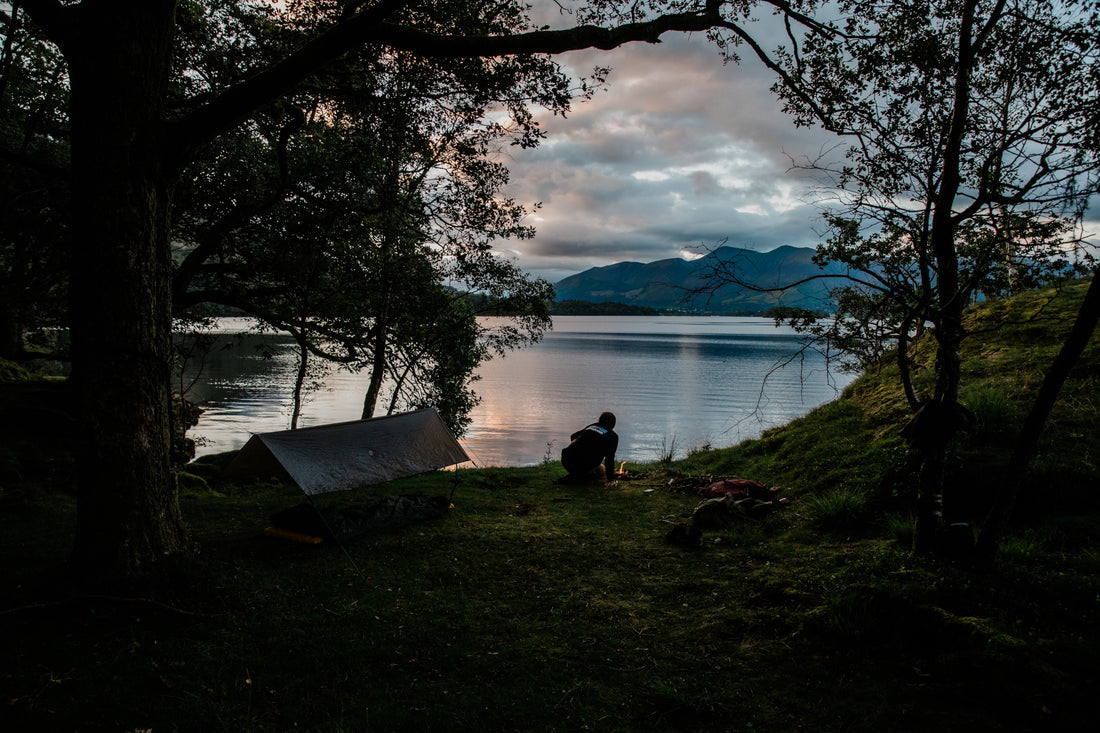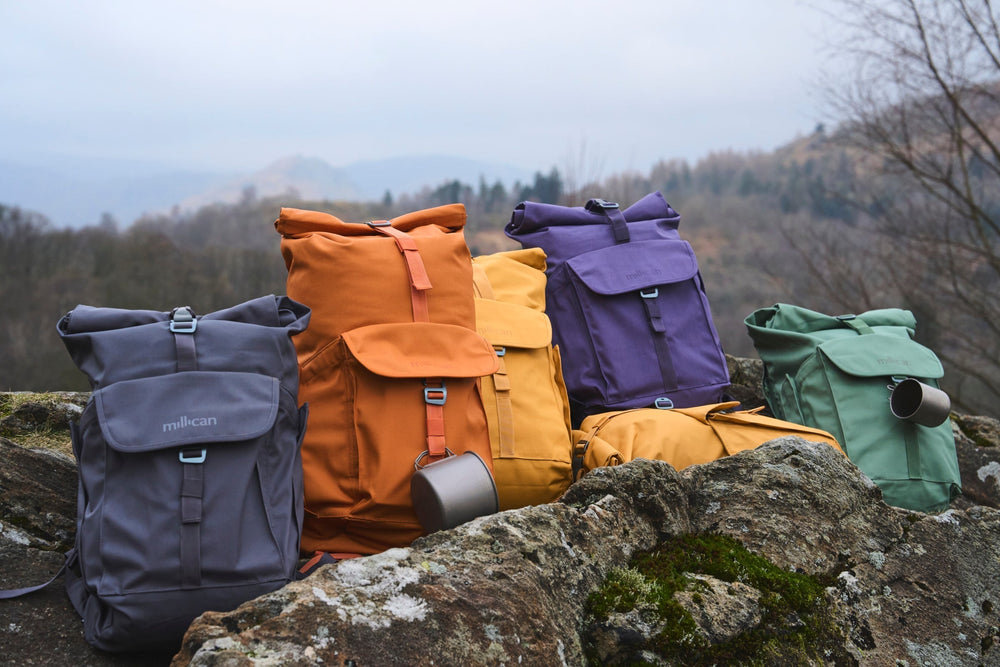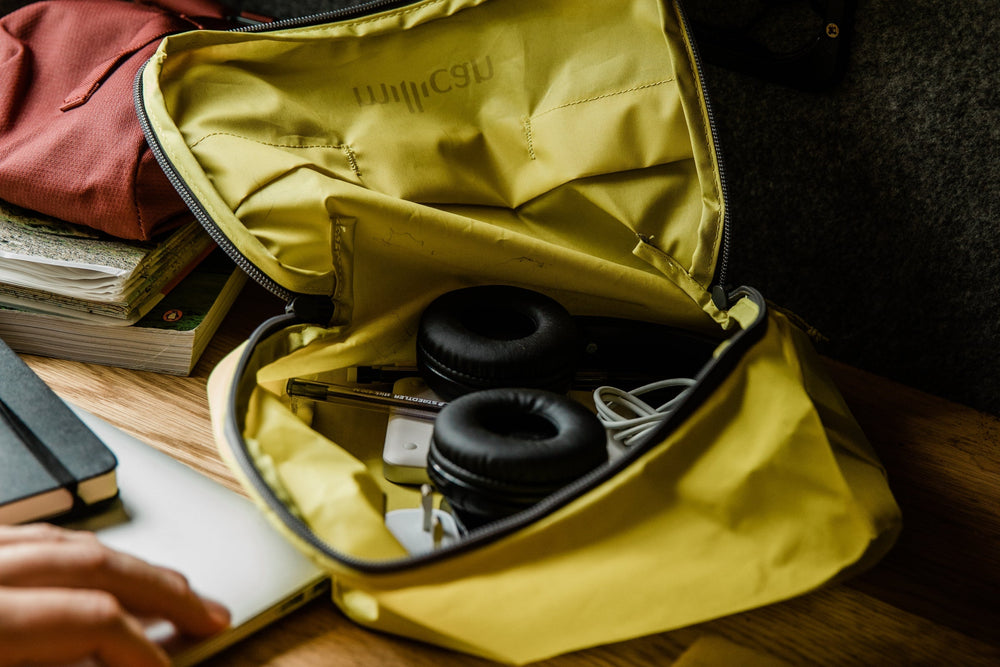Craving that back-to-basics feeling, the kind that makes your city bones ache for something real? That's where the wild calls, the trees whisper, and your trusty pack becomes your lifeline. It's time to talk bushcraft – the art of thriving where nature rules, and a bit of cleverness goes a long way.
Don't think you'll become a wilderness master in a day. It's all about the journey, like a long trek where every step counts. Here's a few beginner tips to get your gears turning:
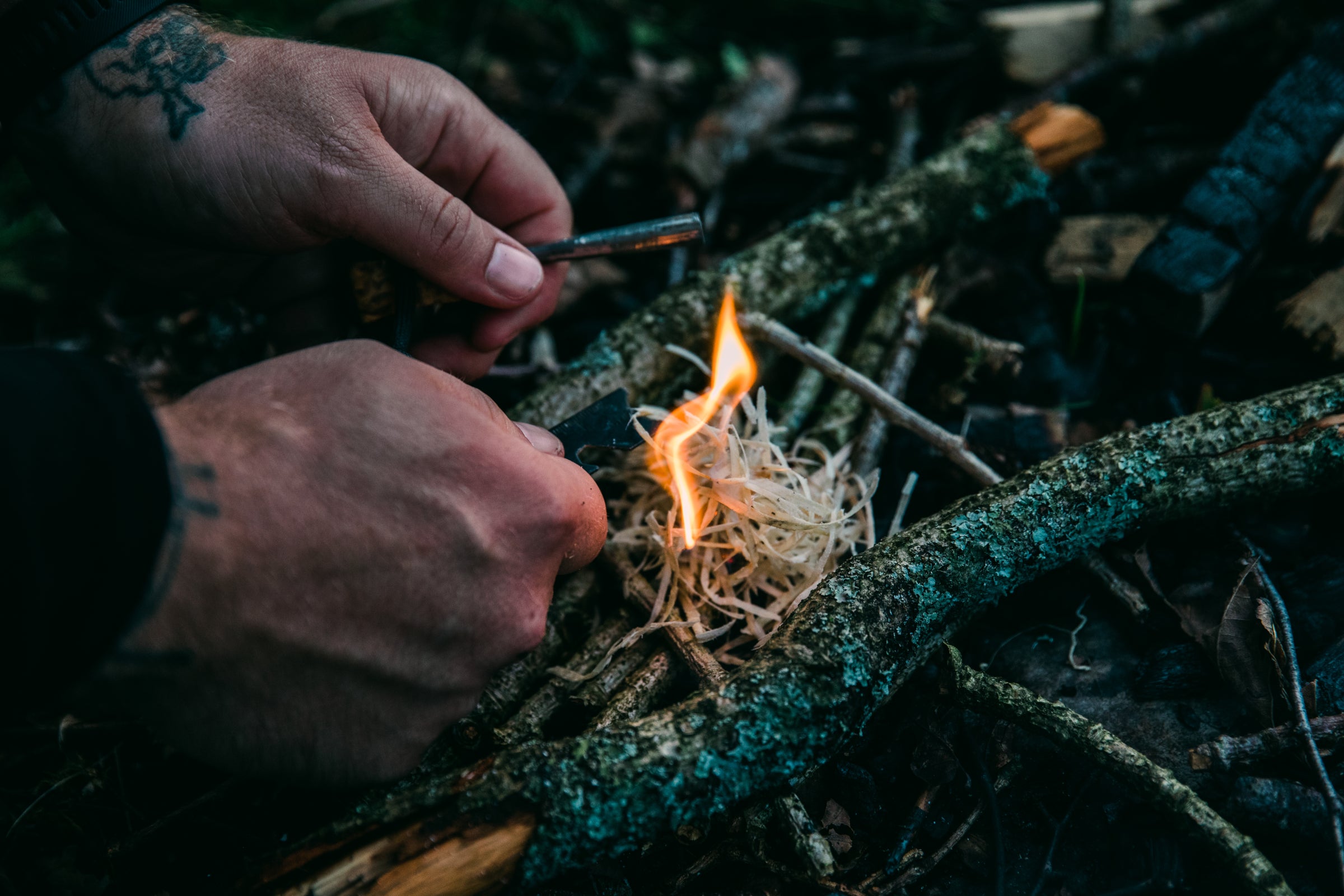
1. Fire: Your Campfire Companion
Forget those fancy apps, fire's where it's at. It's warmth against the chill, a way to boil that creek water, and a darn good mosquito repellent. But remember, enjoying a fire comes with responsibility. Here's the drill, with Leave No Trace in mind:
Tinder's the key: Think dry and fluffy, like bits of feathergrass. Shredded bark, dead leaves – they all catch a spark quick. Gather responsibly, leaving plenty behind so nature can do its thing.
Kindling crush: Bigger than tinder, but still small. Dry twigs and sticks are perfect. Source them responsibly from the ground.
Fuel for the flames: Time for the bigger branches. Look for seasoned wood – dead, dry, and ready to burn bright. Stick to downed wood, and keep your fire small and manageable.
Draft for the win: A fire loves a good draft. Build it loose, with plenty of space for air to work its magic. And when you're done, make sure that fire is dead out – extinguished with plenty of water and cool to the touch.
Remember to leave those campsites better than we found them!
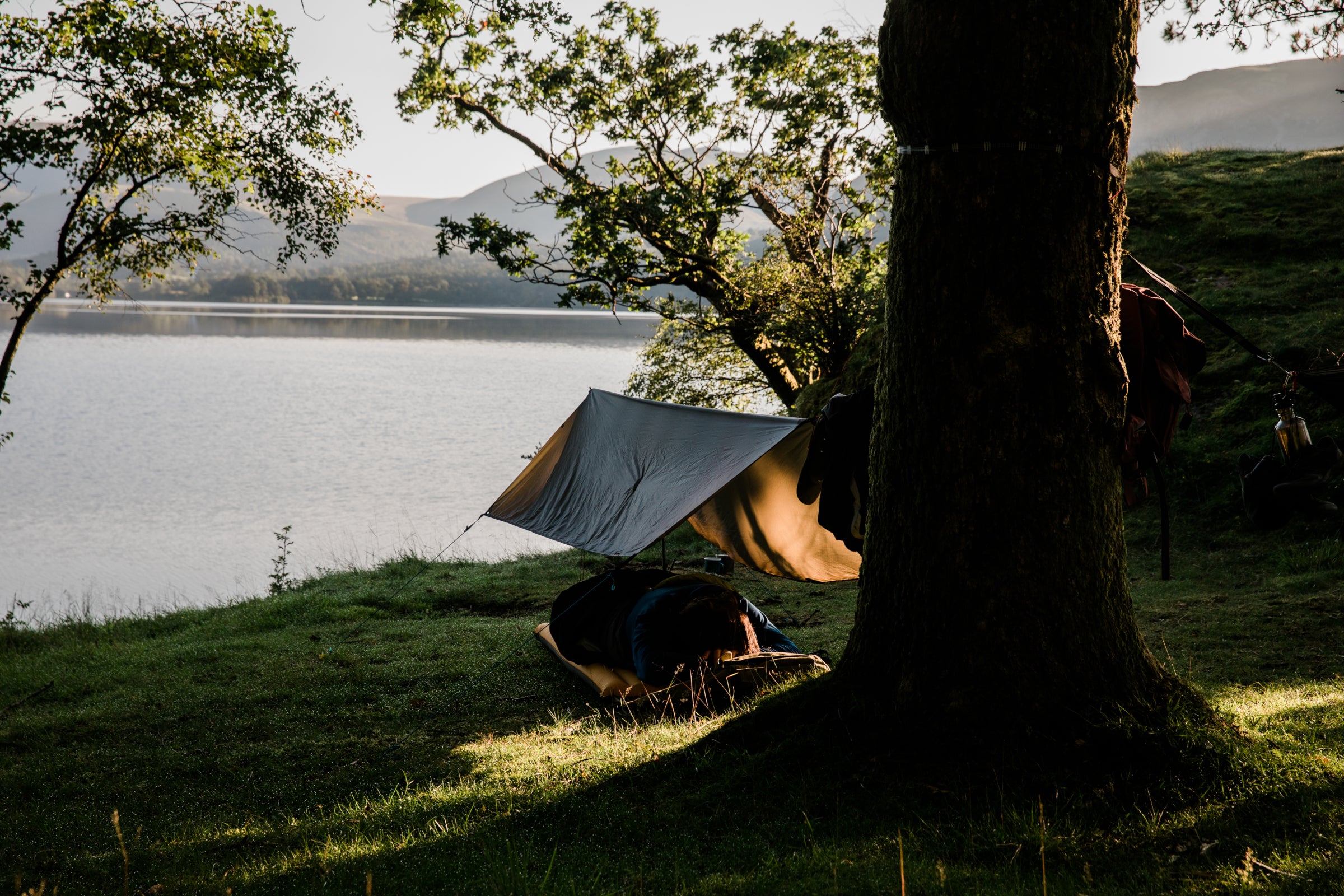
2. Shelter: Your Wilderness Haven
The weather won't always be sunshine and daisies. A quick and easy shelter's like a warm hug when you need it. Master the lean-to:
Base camp: Find a fallen log or big rock for a sturdy foundation. Look for a spot sheltered from the wind if you can, even a slight dip in the ground can help.
Branch it out: Lean smaller branches tightly against your base. The tighter and closer they are, the better they'll shed rain or snow. Angle them so they create a slanted roof, giving you space to huddle inside.
Pile on the cosy: Layer dry leaves, pine needles, moss – anything soft and natural you can find. Build up a thick layer for insulation. Think about the ground too – a few handfuls of dry material underneath will make a big difference.
Natural helpers: If you can find a tree with a low-hanging branch or even a sturdy bush, use it to add support to your lean-to. Nature's already got your back!
There are tons of fancy shelters out there, but this classic will keep you protected in a pinch. And hey, it's kind of fun to build your own little fort in the woods!
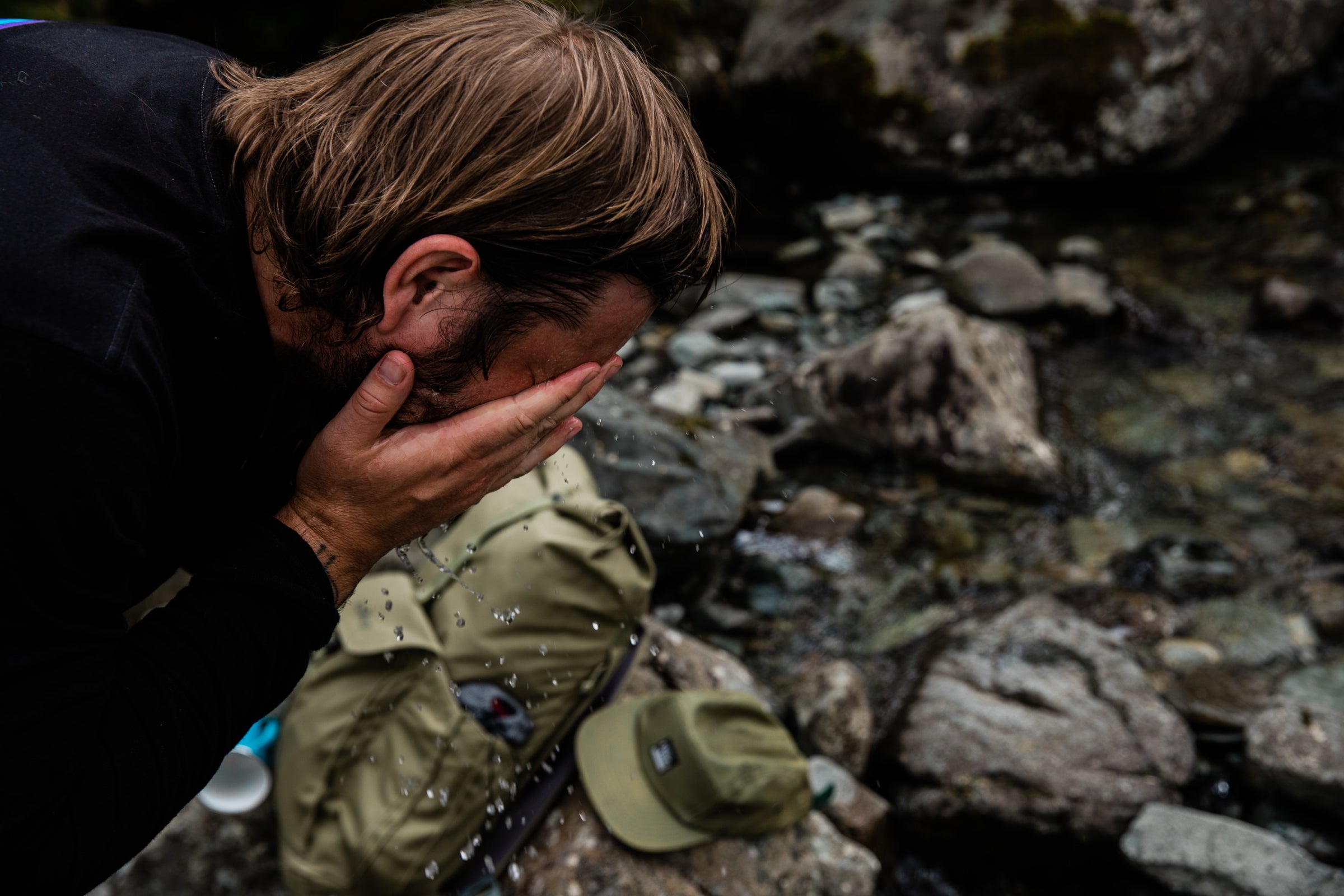
3. Water: Keep the Adventure Flowing
Water's the fuel for the whole machine, and out there, you can't be fussy. Here's the survival lowdown:
Follow the flow: Creeks and rivers are your best bet, but make sure the water's actually moving. A still puddle's a breeding ground for nasties.
Boil it good: Golden rule! A rolling boil for a minute or two zaps most of those critters. No pot? Heat up rocks in the fire and carefully drop them into your water container.
DIY filter: Things get desperate? Layer a container with charcoal, sand, and grass. It's not perfect, but it beats nothing.
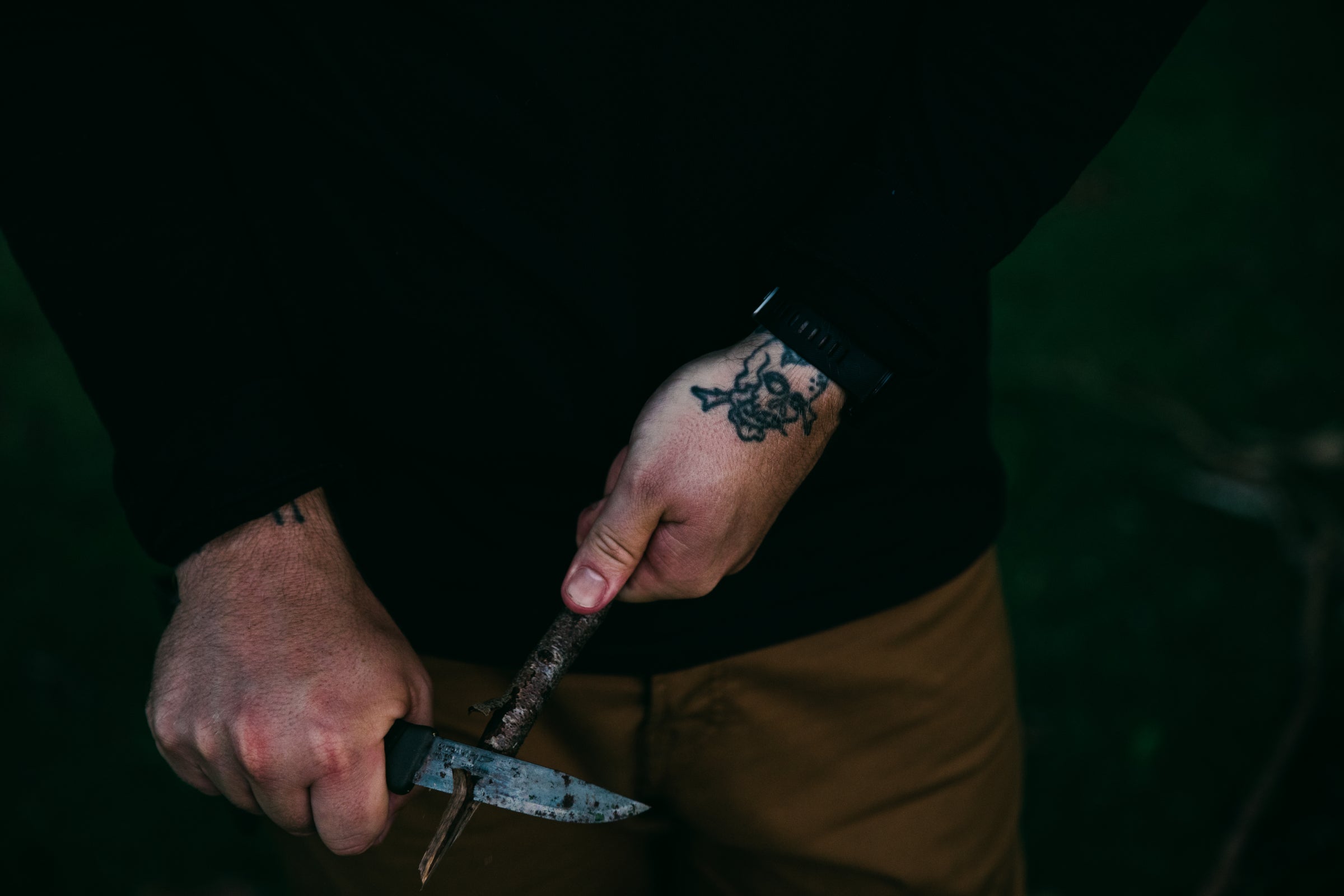
A Word on Tools
Sure, a good knife is like a third hand out in the bushcraft world. But your noggin' and the ability to get resourceful – that's the real superpower.
See, bushcraft isn't about fancy equipment. It's about connecting with nature, testing yourself, and figuring out that you're tougher than you think. So grab your trusty pack, get out there, and make some beautiful mistakes. That's where the real adventure lies!

